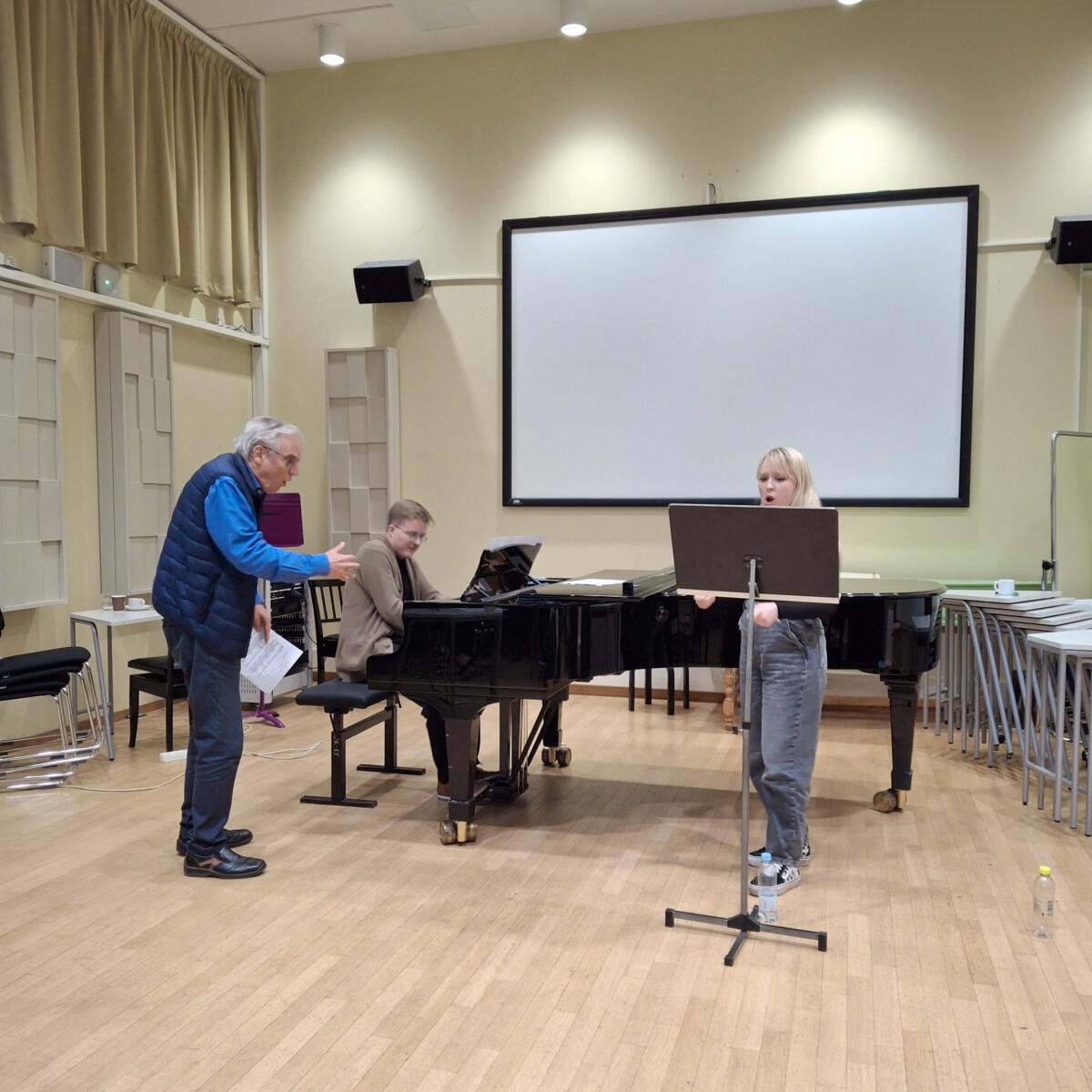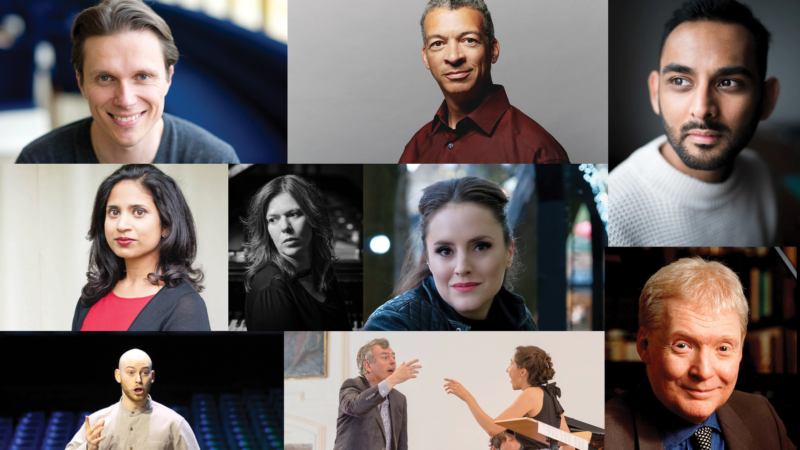Meet the artist: Ralf Gothóni
Esteemed pianist, chamber musician, conductor, composer Gothóni states that a master of Lied must dare to dive into history and between the lines of the text.

Last week, the Sibelius Academy of the University of the Arts Helsinki welcomed a distinguished guest when composer, conductor, and pianist Ralf Gothóni arrived to teach student duos as part of the International Lied Visitor Programme. The programme, created by lecturer Keval Shah, has brought new energy and expertise to the teaching of Lied.
Gothóni’s intensive teaching sessions offered the duos a deep understanding of chamber music and the significance of Lied. We spoke with him about the essence and current state of Lied, and what he hopes to convey to young musicians.

How do you see the current status of Lied in the world of music?
Although Lied is in a somewhat challenging position compared to opera and other major institutions, its rich tradition is still very much alive. It’s important that courses, concert series, and competitions are actively organised here in Finland, and that there is space for Lied in the repertoire. The key is to keep performances alive and to bring them to the audience.
What particular aspects do you see in teaching Lied?
Teaching Lied is challenging but rewarding, as it combines music and poetry in a profound way. Poetry is condensed prose, and at its best, it can tell a vast story with just a few words. When combined with music, a completely new dimension emerges. Like music and poetry, the singer and pianist in Lied form an equal artistic whole when interpreting the piece. Working with Lied requires broad general knowledge. It is important to understand history, culture, and the symbolism of art. Understanding these connections enriches the performance.
As a teacher, I hope to awaken curiosity in students. I want to encourage them to delve deeper – to explore what the texts of Lied really say between the lines. It’s important to understand where the poetry comes from and, for example, what archetypes influence its background.
What is special about Lied from a pianist’s perspective?
Playing Lied offers a holistic approach to developing as a musician. It enhances the pianist’s ability to react quickly and sensitively. In Lied, one must master small nuances, which also requires technical virtuosity. The poetic and musical depth of Lied also reflects in solo repertoire; many composers of solo piano works have also engaged deeply with literature when composing songs. This interaction enriches both repertoires.
How do you view the current state of the arts?
The arts are in a worse position in Finland compared to, for instance, Germany. I fear that the importance of the arts is not fully understood in the same way as, for example, achievements in sport, even though both require immense support and dedication. However, studies show that culture generates many times more than it costs. It is unfortunate that, with technological advances and growing indifference, culture is often sidelined.
What advice would you give to young musicians starting their careers?
I believe that a musician must be broad-minded and interested in everything that surrounds the music they perform – the personal history of the composer and poet, the state of the world, and different fields of art. These reflect the conditions in which the art was created. Being aware of this deepens a musician’s artistic expression. The most important thing is to learn to communicate both with the music being performed and with fellow musicians. A chamber music mindset is essential, and once that is learned, it allows one to open up to the audience and offer them a musical experience that resonates on a deep level.

